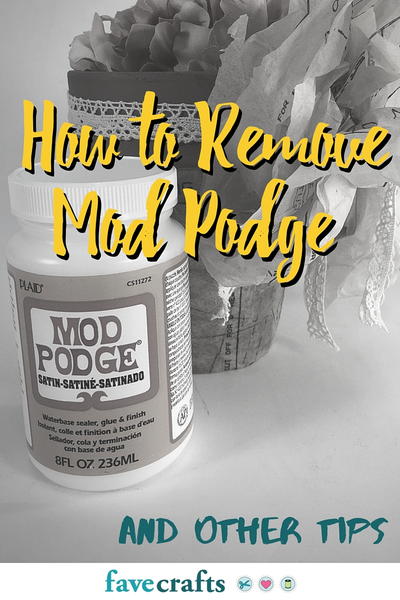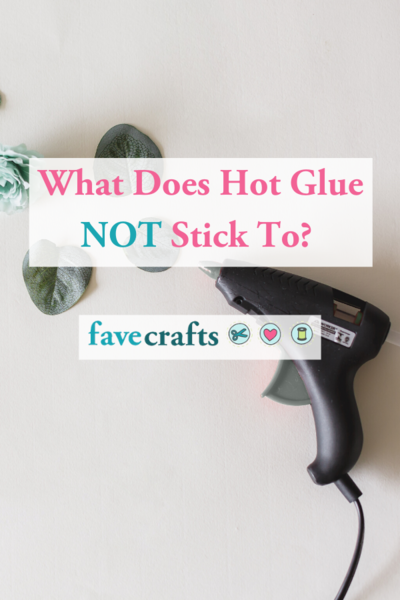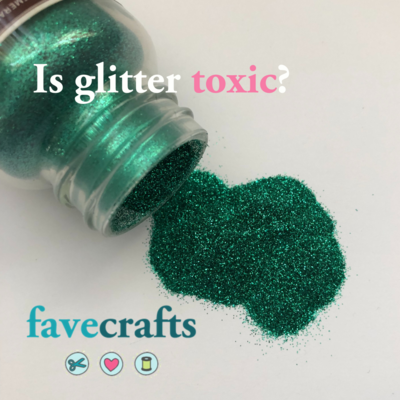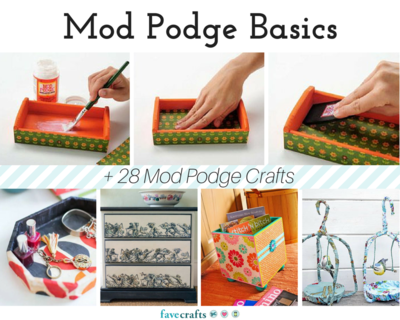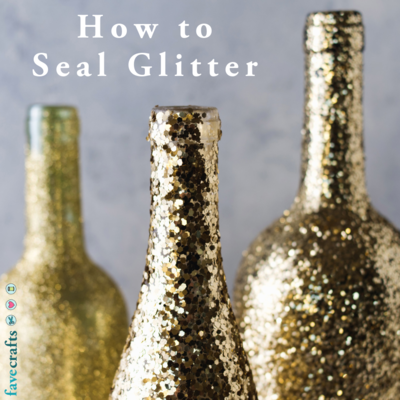Fundamentals of Color
Resident craft expert Maria Nerius explains color theory and how to use colors in your crafting. Don't let color intimidate you!
Fundamentals Of Color
Hue identifies a color by name. The hues of red, yellow and blue are the three primary colors. The word color is interchangeable with the word hue.
Intensity is measured by how saturated a color is and reflects how pure the hue. Two colors are said to compliment each other when they contain equal visual amounts of intensity.
Value is the color's approximate position in relation to black and white. A light color like yellow is high in value meaning it is closer to white whereas a dark color such as blue is low in value meaning it is closer to black.
Primary, Secondary, And Tertiary Colors
The first circular diagram of colors was designed by Sir Isaac Newton in 1666. In traditional color theory the three primary colors cannot be mixed, created or formed by any combination of colors. These primary hues are red, yellow and blue. All other colors are achieved by mixing these three hues.
Enter the secondary colors of green (blue and yellow), orange (red and yellow) and purple (blue and red). These are the colors formed by mixing the primary colors. If we mix a secondary color with primary color we end up with the tertiary colors, which are yellow-orange, red-orange, red-purple, blue-purple, blue-green and yellow-green.
When the primary, secondary, and tertiary colors are formed into a circle of color what is created is called a color wheel. A color wheel is a tool used to show the relationships between the colors. It is a helpful for selecting harmonious and balanced color combinations. It seems like some people are just born with great color sense, but don’t feel left out if your color combinations don’t seem to strike the right cord. You use a tool to crimp, you use a tool to soldier, so use a tool to make brilliant color combinations!
Color Themes
Complementary
On the Color Wheel you'll see the single straight line between opposites on the color wheel. These are colors that contrast because they don't have anything in common (none of the same colors are used to create them). They always consist of one primary and one secondary color.
Most complementary color combinations are considered to be bold, striking and distinct. One color needs to be the dominant color while the other should be an accent color. In other words using the two colors equally through out a project or pattern will just not be pleasing to the eye. Choose the dominant according to the mood you want to set.
Split Complementary
While looking at a complementary combination on your color wheel, look to the left and right of the complementary color and you will find the split complementary colors. Using the color red with its complementary color of green, you will see that blue-green and yellow-green are its split complimentary colors.
The split complimentary color scheme can bring depth and visual texture to a pattern or design. It allows you to add warmth or coolness to the project. It also gives you more variety to select from when choosing and planning your colors. It helps you to incorporate tone, intensity, shade and interest to any color combination.
Analogous
This color scheme of uses 2 or 3 adjacent colors for a very harmonious and soothing affect to the eye. When looking at the color red on your color wheel the analogous colors will be touching red to the left and right, which would be red-violet (left) and red-orange (right). Or you may go two colors to the left or right which would be violet and red-violet (left) or red-orange and orange (right).
As in most pleasing color schemes, one color will be dominant, the other colors subordinate. For most of us, the color in the middle will be most pleasing to focus on and that works best as the dominant color. Let’s go back to our Victorian garden. If we walk down the path a ways, we will find a border of delightful poppies. Time to pause and reflect as we take a closer look at our flower find. The flower (for the sake of this fantasy walk) is red-orange with a shading of red on outer edges and a hint of orange towards the center. Okay, maybe this isn’t a real garden, but more a Monet representation of a garden. Either way, the analogous color scheme works!
Monochromatic
Monochromatic color schemes are made up of shades, tones, and tints of a single color. Such color combinations can create pleasant effects. Although using such a limited palette runs the risk of creating a boring design, it also causes an immediate unifying or harmonious effect. In other words, all parts of the design have something in common, which therefore pulls it all together.
Your Recently Viewed Projects
Craft Sprite
Jan 01, 2012
This was interesting. It would have been better if it contained a picture of a color wheel
upuliyel 2856178
Feb 16, 2011
That was really helpful Maria, thanks v. much. You see I am a beginner at crafting but have always been interested in many aspects of crafting. I plan to take it up seriously, thanks to all the advice and encouragement available on this web-site.
Report Inappropriate Comment
Are you sure you would like to report this comment? It will be flagged for our moderators to take action.
Thank you for taking the time to improve the content on our site.

